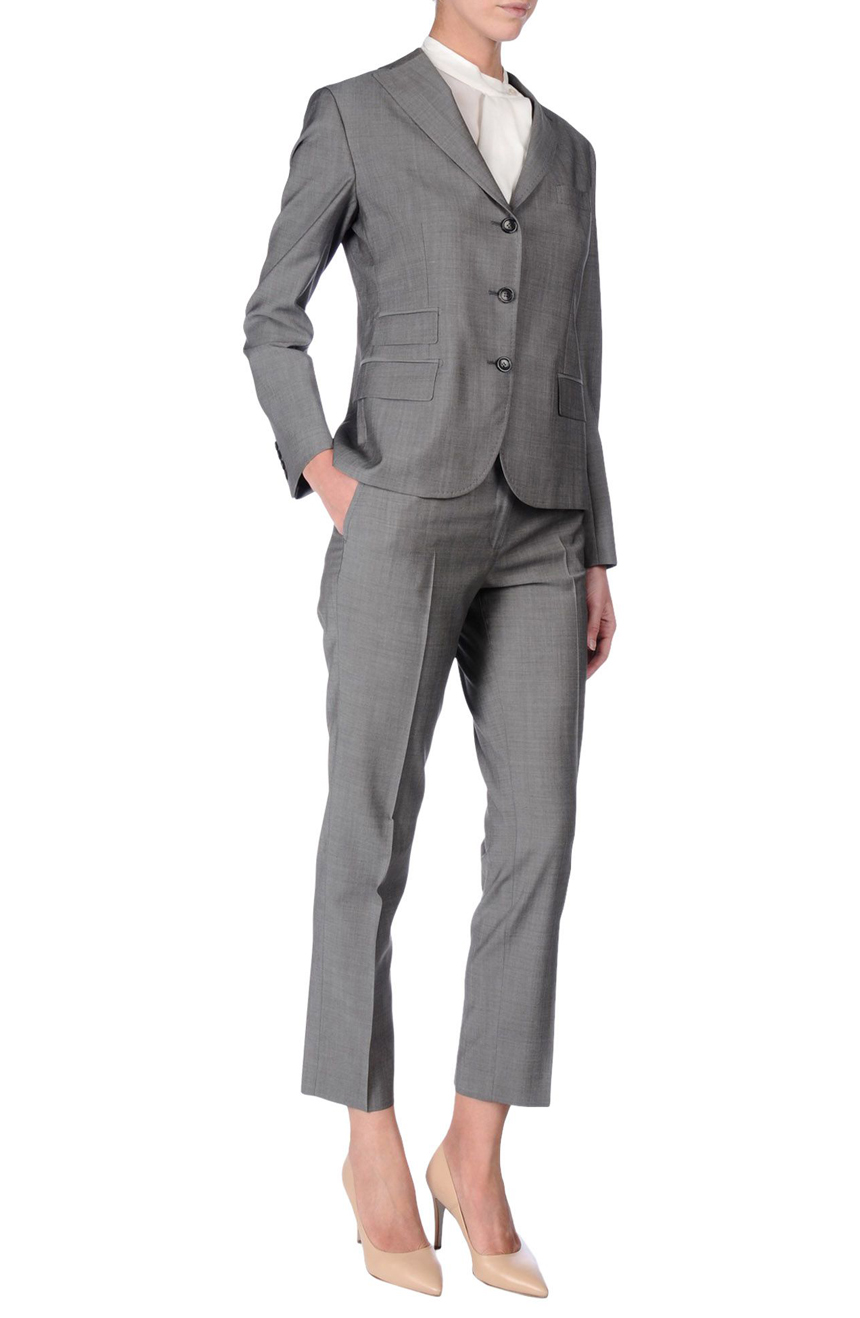Tailored Suits Perth: Premium Custom Suits for each Celebration
Tailored Suits Perth: Premium Custom Suits for each Celebration
Blog Article
Comprehending the Tailoring Process: From Fabric Choice to Last Fitting for the Suitable Wardrobe
The customizing process is a complicated interaction of art and scientific research, beginning with the vital choice of material option and culminating in the exact modifications of final installations. Each material type brings one-of-a-kind qualities that influence not only the aesthetic appeal but also the garment's long life and viability for various celebrations.
Importance of Material Option
Selecting the best fabric is essential in the tailoring procedure, as it directly affects the convenience, durability, and total aesthetic of the last garment. The selection of fabric establishes the foundation for the garment's efficiency, performance, and design. Different fabrics possess distinct residential properties, such as breathability, stretch, and weight, which can considerably influence just how the garment drapes and fits the body.

A customized piece made from an ideal fabric not just showcases workmanship but likewise elevates the user's self-confidence. Understanding the subtleties of textile selection is paramount for any type of tailoring undertaking. It makes sure that the final item not only satisfies the aesthetic wishes of the customer however likewise aligns with useful needs, therefore accomplishing a harmonious equilibrium between kind and function in the tailored closet.
Kinds Of Fabrics and Their Usages
Understanding the different sorts of fabrics available is vital for making informed choices during the tailoring process. Each fabric has distinct attributes that dictate its viability for details garments and occasions.
Cotton, understood for its breathability and soft qualities, is optimal for laid-back wear and summer apparel. Its versatility allows it to be customized right into everything from t-shirts to dresses. Woollen, on the other hand, is favored for its heat and framework, making it a superb option for formal matches and outerwear. Its all-natural flexibility helps garments preserve form with time.
Silk shows deluxe and is lightweight, making it ideal for eveningwear and delicate blouses; nonetheless, it calls for careful handling due to its delicacy. Bed linen, with its distinctive finish, is a popular option for cozy climates, supplying a crisp and airy feel, yet it wrinkles conveniently, which might affect the garment's look.
Synthetic materials, such as polyester and nylon, offer durability and resistance to wrinkles, making them ideal for everyday wear and active clothes. Comprehending these textile types and their residential or commercial properties enables better decision-making, ensuring that each customized piece not just fits well but additionally straightens with the intended objective and celebration.
The Tailoring Strategies Explained
The art of tailoring relies upon a selection of techniques that transform fabric into well-fitted garments. Central to this process is pattern preparing, where a tailor produces layouts based upon the client's dimensions and wanted design. This first action makes sure that the garment will certainly fit the user effectively before any cutting takes place.
As soon as patterns are developed, reducing strategies enter play. Accuracy is paramount as errors can lead to misfitting garments. Tailors usually utilize various reducing techniques, such as single-layer reducing for elaborate layouts and multiple-layer cutting for performance on common patterns.
Basting is another important method, permitting dressmakers to momentarily stitch fabric assemble for an initial installation (custom suits perth). This technique offers the possibility to analyze the drape and total shape before final stitching
Seaming methods, including flat-felled seams and French seams, boost the garment's resilience and visual allure. Tailors also utilize techniques such as interfacing and cushioning to supply structure and form to specific areas, like collars and shoulders.
Last but not least, finishing strategies, including hemming and side completing, make certain the garment's longevity while offering a sleek appearance. Together, these methods develop the backbone of effective tailoring, leading to exquisite, tailor-made clothing.

Suitable Modifications and Considerations
After the first customizing methods have actually been applied and the garment is constructed, suitable adjustments end up being extremely important to attaining the ideal fit. These adjustments attend to various elements of the garment, guaranteeing it contours to the user's body form and improves overall appearance.

The increase of trousers is an additional important element; it must sit comfortably above the hips without triggering discomfort, permitting ease of activity. Hemming lengths for both pants and skirts need to show the wearer's favored style while appreciating proportions.
Moreover, interest ought to be provided to the rear of the garment, ensuring that there are no unattractive pulls or excess textile - wedding suits perth. Each change needs to be carefully thought about, as even small alterations can considerably affect the total fit and visual of the customized item, inevitably bring about a closet that shows confidence and elegance
Keeping Your Tailored Garments
Always follow the treatment label directions, which might suggest dry cleansing for fragile materials or maker washing for more durable materials. Avoid constant laundering, as this can wear down the material and alter the garment's form.
Storage space is equally crucial; usage cushioned wall mounts for jackets and layers to preserve shoulder structure, and shop trousers folded up nicely or hung to avoid creasing. Safeguard garments from direct sunshine, which can fade shades and damages fibers.
Furthermore, important site routine assessments for small repair services can stop larger issues. Look for loose switches, fraying seams, or signs of moth damages, attending blog here to these troubles immediately to preserve the garment's integrity.
Finally, take into consideration seasonal rotation. Putting on customized pieces in moderation enables materials to recoup, prolonging their lifespan. By carrying out these upkeep techniques, you can guarantee that your tailored garments remain as beautiful as the day you initially wore them, improving your suitable wardrobe for many years to come.
Final Thought
The customizing procedure, encompassing textile choice, skilled techniques, and exact fitting changes, plays an essential role in developing garments that improve both convenience and style. Understanding the value of maintenance expands the life of tailored garments, strengthening their worth in a well-curated closet.
Report this page